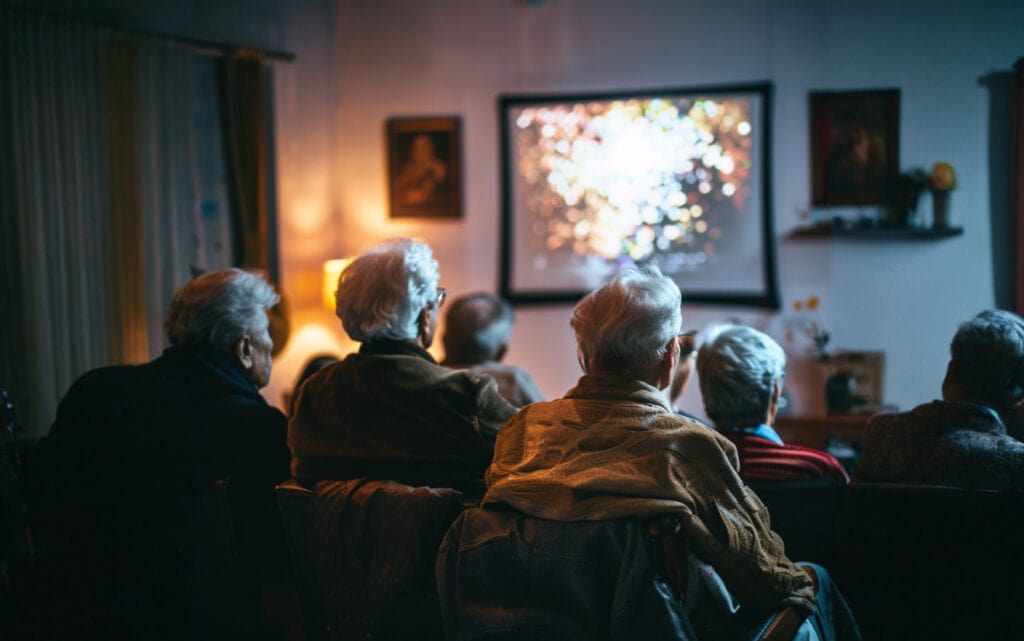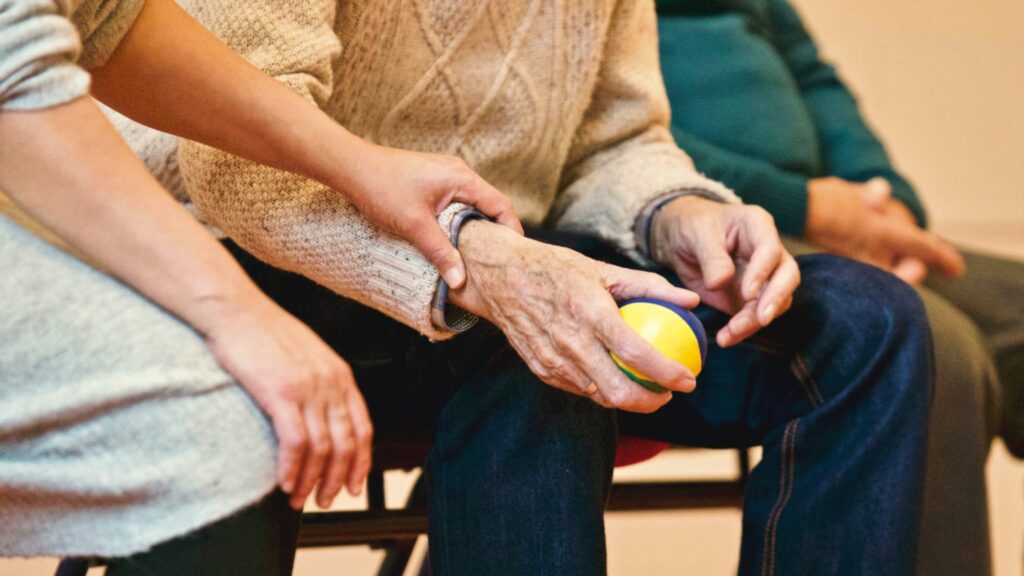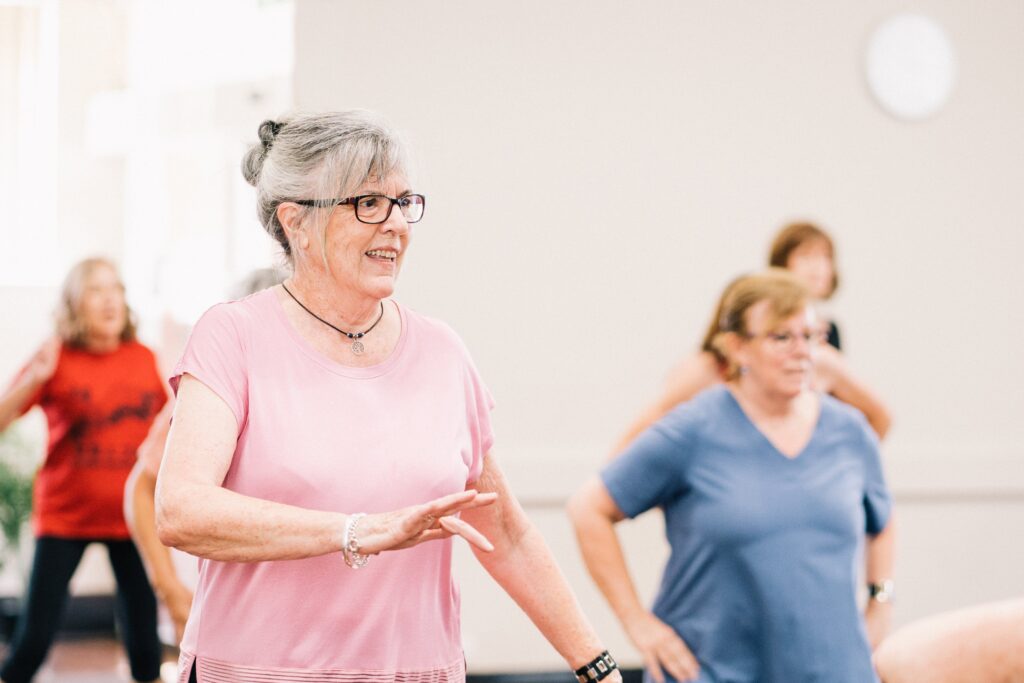The intersection of technology and Diversional Therapy

Over the past twenty years, digital technology has changed our lives in countless ways, from how we communicate to how we shop. As these technologies change rapidly and instantly become an integral part of everyday life, it is hard sometimes to remember what life was like before each new advance. Along with changing our personal lives, technology has also had a significant impact on our work as Diversional Therapists. Let’s take a closer look at how.
Back in what seems like the Dark Ages (the late 1990s) the most advanced technology I handled was a digital projector with a large screen where I could show movies. Coupled with a video camera, which allowed us to watch our own celebrations or activities – a very popular pastime – we felt at the cutting edge of technology! In those days, hardly any residents were interested in computers and wouldn’t have seen the point of them. There were one or two progressive souls who were keen to learn and got their own laptops, but they were the exception.

Then in 2015, I invested in a Nintendo Wii. I remember how amazed the residents were when I brought it in and set it up on the TV. It took a bit of time to teach them to use it but they were soon hooked and it became a favourite. We had so many laughs as they played golf, bowls and tennis and got their weekly exercises in with this machine. It proved an excellent therapeutic activity as it brought the residents together, to watch and laugh while they waited for their turn. The exercises could be done seated where needed so it was very accessible for a range of levels of mobility. In an ideal world with a bottomless budget we could have bought more sets, but maybe that would have taken some of the excitement, and the social interaction, away.
Although the Wii still exists it seems slow and clumsy compared to the VR headsets we can get today that transport the individual to another world. I have trialled a VR headset with some patients but they require a lot more setting up and instruction. The headsets are quite heavy, making it hard for the more frail, and although the test brought lots of “Wow!” and general amazement, it has not been taken up as a regular activity. There is definitely potential there but the programmes need to be specially written for ease of use with items of interest to the elderly, with some way of making the headset easier to wear. Also, the headsets are expensive and can only be worn by one person at a time, so it’s not a very social activity.
One area where technology has really helped with the activities programme is music. Being able to put together a playlist to suit anyone and everyone and run it through a Bluetooth speaker is quick and easy with a mobile phone and the internet. I do this for themed events, music quizzes and sing-a-long sessions. I can find music from any era in seconds! I have one lady who is so amazed with the Bluetooth speaker, she asks every time it’s on how I make the music come out of that little thing. We have regular sessions talking about music and favourite songs and singers and when I play their favourite songs, they all sing along.
These days, of course, pretty much everyone has a smartphone, tablet or laptop and the internet is easily accessible. Residents who have embraced new technologies can connect with family and friends, share photos and videos, research areas of interest, play games, listen to music and a host of other things that can entertain them during their downtimes when other activities are not available. As time goes on, those entering care homes will be increasingly at ease with digital technology, and virtual platforms may open up all sorts of opportunities, including possibilities for adapting diversion therapy for remote healthcare. Watch this space!






Responses